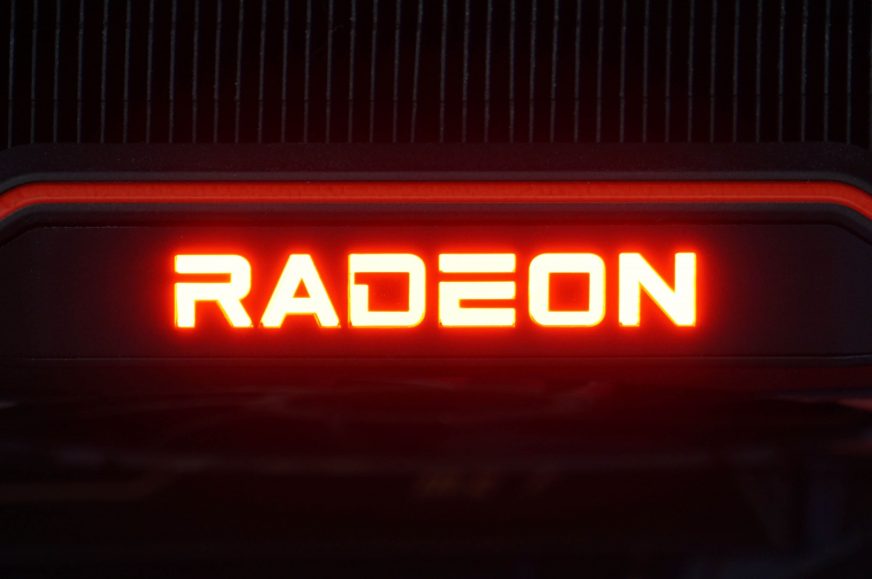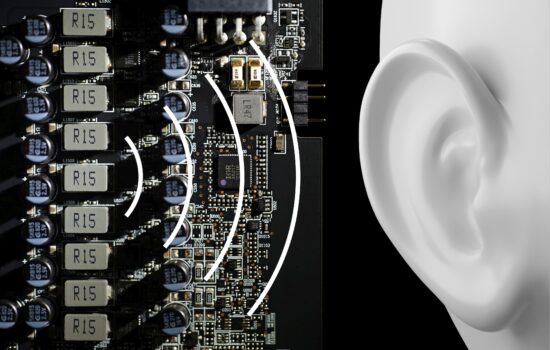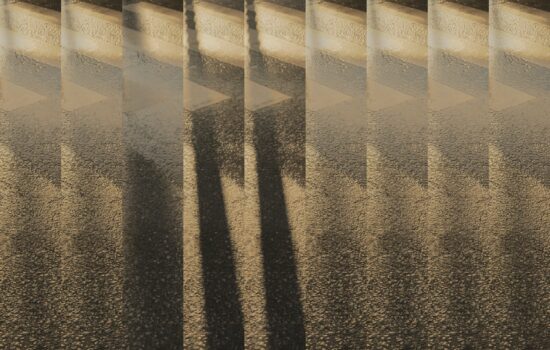Faster Radeon for a smaller jump in power draw
The hypothesis that with newer graphics drivers, the second (or third) monitor increases the power draw of all Radeon graphics cards only symbolically has not been confirmed. It was quickly refuted right away by the RX 7600 tests. But then, with the RX 7900 XTX another assumption proved likely. Namely, that there is no significant increase in power draw, at least for current cards from higher classes. At least under certain circumstances.
In our test of the Sapphire RX 7900 XT, we first noticed that it only increased by a few percent (16.0 v. 18.3 W) when a second monitor (4K@60 Hz) was connected. It was always a big difference with older cards, as much as three times with the RX 6900 XT (13.7 vs. 46.7 W).
Based on the aforementioned result, it would seem that one of the disadvantages compared to competing GeForces is already solved. In the end, however, it turns out that the possibility we conceded last time – multi-monitor configurations don’t have a significant impact on power draw only for some graphics cards – is more likely to be the case. Among them are Radeons RX 7900 XT (Sapphire Pulse) or RX 7900 XTX (Aorus Elite 24G), i.e. more powerful models, which do not need to dynamically increase memory bandwidth to function when they deliver multiple image outputs. However, this is not the case for the Radeon RX 7600 XT (Sapphire Pulse). With this graphics card, the second monitor triples the idle power draw (from 5.1 to 16.3 W). This is thus similar to the behaviour that has long been associated with Radeons.
Reducing the power draw, or not increasing it by the use of multiple video outputs, is more useful for powerful graphics cards. The difference in power draw of one versus two monitors with the RX 6800 and higher models is up to 33.0–35.5 W while with the RX 7900 XT(X) it’s only 2.3–3.2 W. For the RX 7600 XT, the increase is higher (11.2 W) because the second monitor demands memory speed increases, with the associated more aggressive power supply.
When we write about the RX 7900 XT and RX 7900 XTX keeping the power draw low, we’re referring to a dual-monitor situation with 2160×2160 px resolution and 60Hz refresh rates. With higher bandwidths, which will bump up against the limits of the DisplayPort 2.1 interface, the power draw of these graphics cards may eventually rise significantly as well. Anyway, in the same situation (2× 4K@60 Hz) as with older or weaker models, this does not happen and the overall power draw is also quite low. With the Aorus RX 7900 XTX 24G, it’s even only 13.5W, which is on par with the MSI RTX Ventus 2X 8G OC.
One final note: Combined with two low-cost display devices, such as Full HD at 60 Hz, there should not be a significant increase in power draw even with older RDNA 2 Radeons. With a higher number of say three or four monitors, high-speed panels or higher resolutions, however, you should already expect that the low power draw will not be preserved as in a single monitor configuration.
English translation and edit by Jozef Dudáš













another AMD shill article
Beter that they fix monitor timeout freeze or restarts. You need to disable ULPS to fix this.
The article is simply not true. I have a Sapphire Nitro+ 7900XTX with a single Samsung Odyssey Neo G9 5120×1440@240Hz. The power draw is alway about 50w.
Can you point out what is specifically not true?
Your power draw is higher because your monitor (with 240 Hz and such a high resolution) has a higher demand than the two 4K@60 Hz monitors we are testing with. We have addressed this in the comments below this article in a different language version. I understand that this may be confusing, but it’s true. In the test, the model situation where the 60 Hz UHD monitors are tested is clearly marked. To make this clear, we have added this note to the article as well.